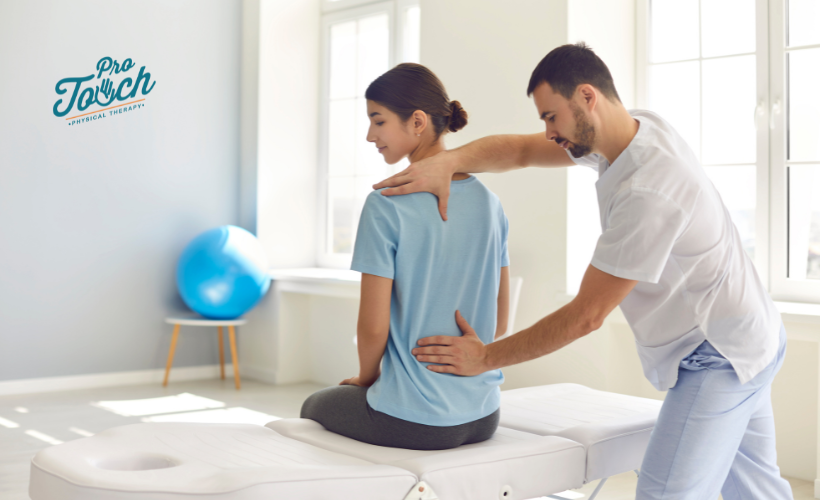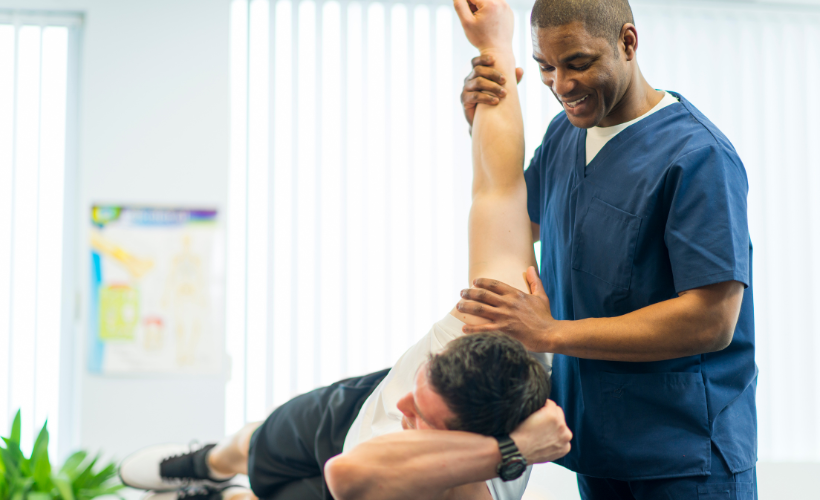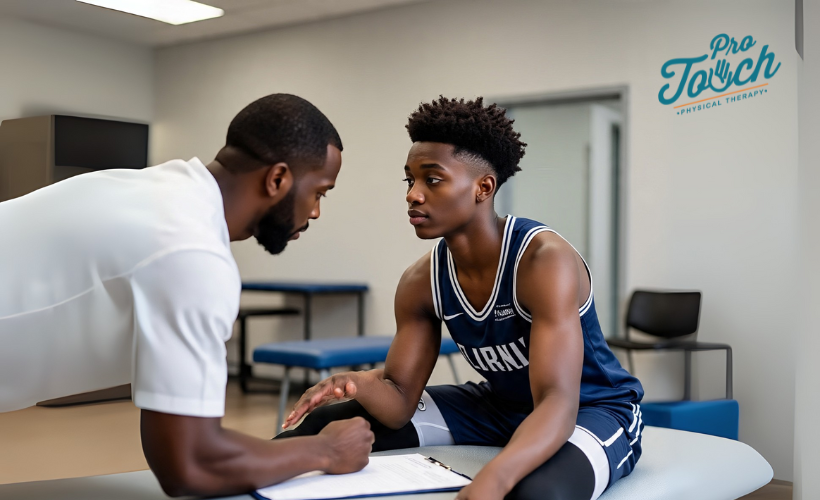Could Your QL be the Cause of your Lower Back Pain?
Quadratus Lumborum. What is it good for?
The Quadratus lumborum—or QL for short—is a muscle posterior of the abdominal wall. It is the deepest abdominal muscle and it is located in your lower back on either side of the lumbar spine. It starts at your lowest rib and ends at the top of your pelvis. The technical attachments are the Iliac Crest, the transverse processes of the lumbar vertebrae 1 - 4, and the medial half of the 12th rib.
Essentially, the quadratus lumborum contributes to the stabilization and movement of the spine and the pelvis. When both sides of the muscle contract simultaneously, it causes the lumbar spine to go into extension. If one side contracts it either pulls the rib cage down to assist in lateral flexion (side bending) or it lifts one side of the pelvis up in what is known as hip-hiking. Additionally, this muscle is also used in respiration to help stabilize or move the lowest rib. It works in conjunction with the psoas for creating an anterior pelvic tilt. And it helps stabilize the lumbar spine along with the transverse abdominis (they share fascial attachments) and function with other "core" muscles.
The most common symptoms of pure Quadratus Lumborum (QL) muscle pain are:
- A deep aching pain in one or both sides of the lower back.
- Back pain that worsens with prolonged sitting.
- Back pain that worsens when transitioning from sitting to standing.
- Stiffness and back pain when rising from bed in the morning.
How to stretch your QL
Stretch 1
- Sit with legs apart and feet flexed
- Keeping your chest facing forward, reach your right arm up and over your head towards your left foot, laterally bending your trunk
- Hold for 30 seconds, 3 times
- Switch sides and repeat
Stretch 2
- Sit with your legs crossed
- Take both hands and reach in the direction that your left knee is pointing
- Hold for 30 seconds, 3 times
- Switch sides and repeat
Stretch 3
- Stand with your feet a little further than shoulder width apart
- Take both hands and reach down towards your left foot
- Hold for 30 seconds, 3 times
- Switch sides and repeat
Stretch 4:
- Lie on your back with your knees bent
- Roll your knees over to your left side
- Take your left leg and place your left ankle on top of the outside of your right knee, pushing it towards the floor
- Hold for 30 seconds, 3 times
- Switch sides and repeat



